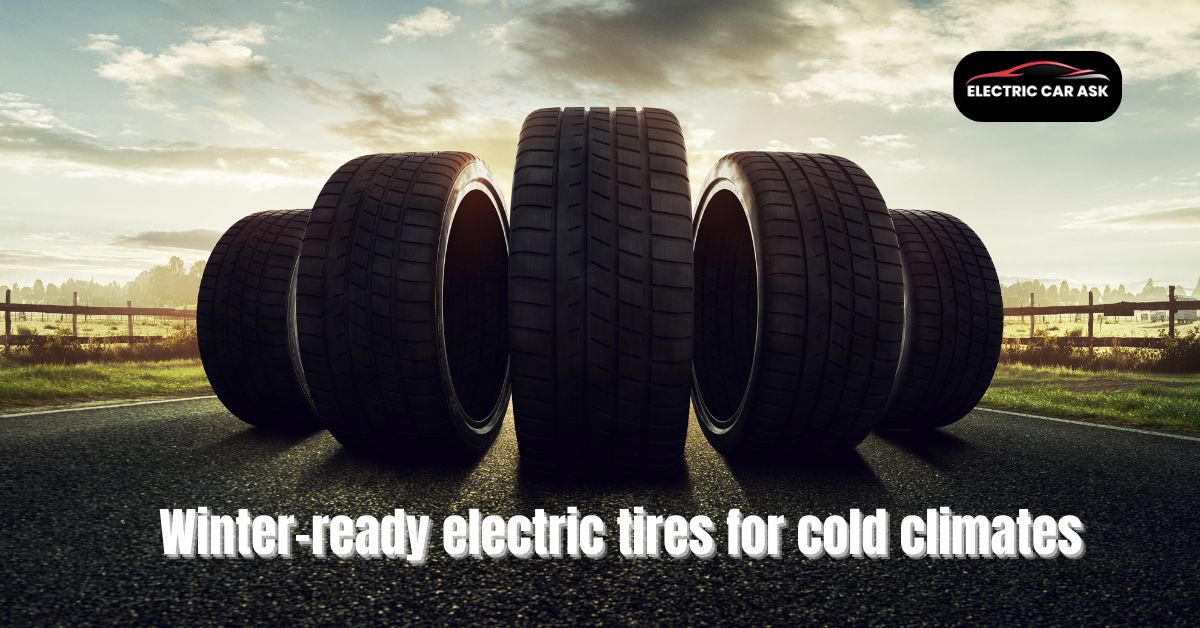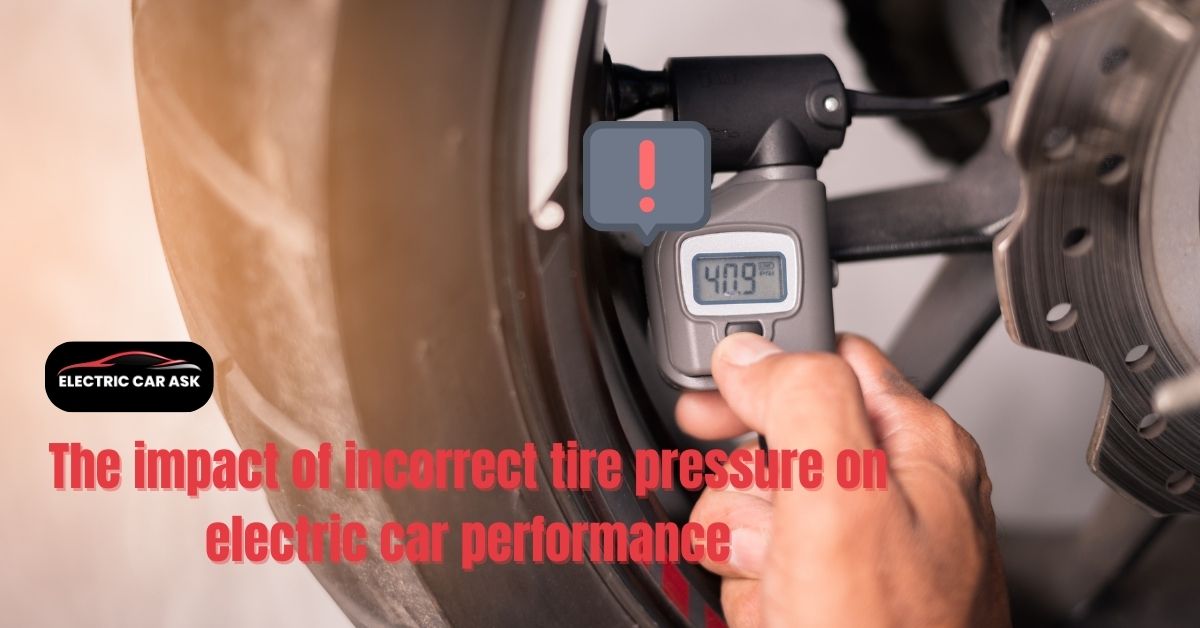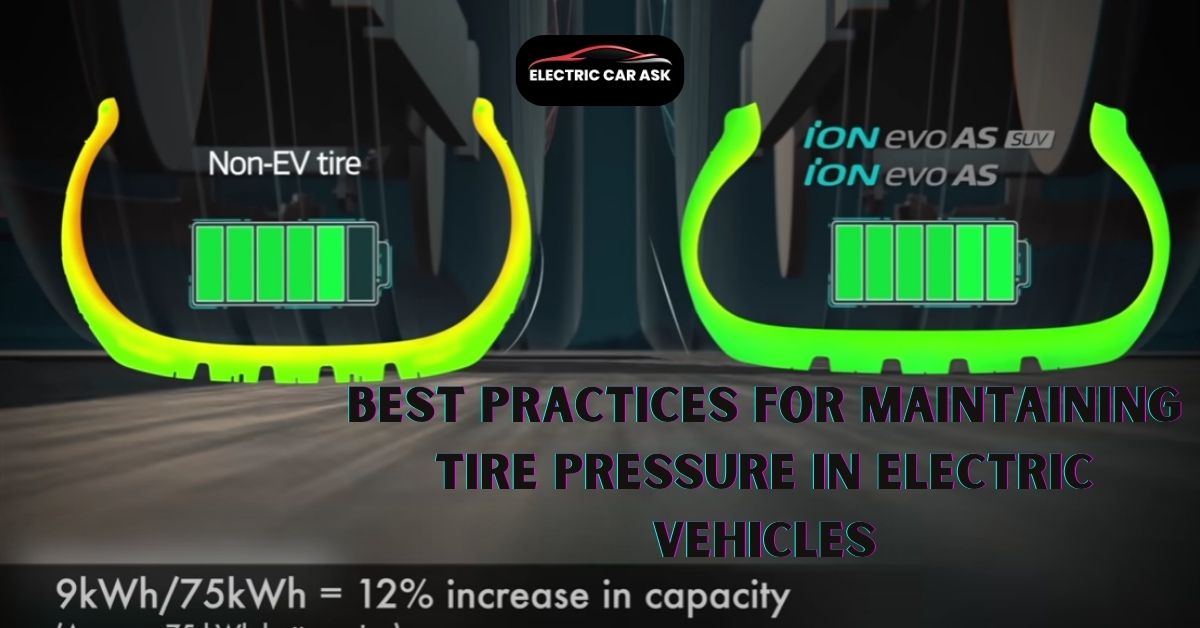Introduction
Winter is a reason that brings amazing snowfall and an enjoyable evening by the fire. However, it also worsens the road conditions, making driving a challenge for a vehicle driver. During these cold months, having the tires ready can make all the difference between a safe journey and a terrible one. Let’s discuss winter-ready electric tires for cold climates.
Importance of Winter-Ready Electric Tires in Cold Climates
Winter-ready tires aim to tackle the challenges caused by cold weather and slippery road conditions. A regular tire can cause complexities in low temperatures and lose traction and grip but a winter tire is specialized rubber compounds engineered to remain flexible in cold or even freezing temperatures. This flexibility allows them to maintain optimal grip on cold, snowy, and slushy roads and ensure safer travels for drivers.
Specialities of Key Features of Winter Tires
Tread Design for Snow Traction:
One of the most important features of winter tires is their tread design. The regular tires have shallower treads. Winter tires especially feature deeper and extensive intricate tread patterns. These patterns are specifically designed to bite into snow and slush by providing enhanced traction and stability on winter roads.
- Rubber Compound for Cold Temperatures: The winter tire technology contains the rubber compound used in their construction. These tires are formulated with a special rubber compound that remains flexible even in minus temperatures which ensures that the tires can maintain their grip very well on icy and cold surfaces and prevent the vehicle from slipping and sliding.
- Siping for Grip on Ice: The tiny grooves or cuts in the tread blocks of a tire are referred to as siping. These sipes increase the tire’s biting edges and provide additional grip on icy surfaces. Winter tires are equipped with a higher density of sipes which allow them to maintain traction on the most slippery of roads.
How These Features Benefit Electric Vehicles Specifically
Let’s talk about how these features of winter tires specifically benefit electric vehicles.
Traditional internal combustion engine vehicles generate heat through engines because EVs rely solely on batteries to power their motors. Therefore, these batteries become less efficient in cold weather which results in reduced range and performance. By having winter-ready tires, drivers can help mitigate some of these challenges.
The enhanced traction and grip of winter tires can help EVs maintain better control over snowy and icy roads. It also reduces the chances of getting stuck or slipping. Additionally, the flexibility of the rubber compound makes sure that the tires remain effective in extreme cold temperature and help to preserve battery life and optimize ranges.
Overall, choosing the right winter tires for EVs is important for ensuring safe and reliable performance in cold climates.
Challenges of Cold Weather for Electric Tires
Driving in cold weather can raise a pile of challenges, and EVs are not immune to the effects of chilly temperatures. Let’s see what kind of challenges can we face while driving EVs in winter.
- Impact of Cold Temperatures on Tire Performance: First and foremost, cold temperatures can have a significant impact on tire performance. As the mercury drops, the rubber compounds in tires can stiffen and reduce their flexibility and grip on the road. This decrease in traction can cause longer stopping distances, reduced handling, and a high risk of slipping and sliding, particularly on icy or snowy surfaces.
- Unique Considerations for Electric Vehicles: One of the most notable challenges is the reduction in battery efficiency and range. Batteries operate less efficiently in cold temperatures which leads to decreased range and performance for electric vehicles. This means that drivers may need to rely on their tires even more to compensate for reduced battery power and maintain control on winter roads.
Characteristics of Winter-ready Electric Tires
Let’s explore the key characteristics that make these tires so effective in winter driving:
A. Tread Design Optimized for Snow and Slush
The most standout feature of the winter-ready tires is their tread design. It is carefully optimized for navigating through snow and slush. Where regular tires struggle to maintain traction in slippery conditions, winter tires boast deeper tread patterns with wider grooves and channels. Such features allow the tires to bite into snow and slush, committing better grip and stability on winter pathways. It also incorporates special features like lateral grooves and sipes which enhance traction and help deal with water and slush from the tire’s contact patch.
B. Specialized Rubber Compounds to Remain Flexible in Cold Temperatures
Another essential characteristic of winter-ready electric tires is their specialized rubber compounds, which are formulated to remain flexible even in the coldest of temperatures. Where raditional tires can stiffen in cold weather and reduces their ability to grip the road effectively, winter tires there are engineered with rubber compounds that retain their flexibility in freezing conditions and ensures better traction and control for drivers. This flexibility allows the tires to confront to the irregularities and challenges of winter roads and provides a smoother and more stable driving experience.
C. Enhanced Traction Features for Icy Conditions
Winter-ready electric tires also equipped with enhanced traction features specifically designed to tackle icy conditions. These features may or may not include additional sipes, tiny grooves, or cuts in the tread blocks that increase the tire’s biting edges and provide better grip on ice. Some winter tires also feature specialized tread compounds that improve traction on icy surfaces. These enhanced traction features give drivers added confidence when navigating icy roads, reducing the risk of slipping and sliding.
D. Compatibility with Electric Vehicle Systems for Efficient Performance
Last but not least, winter-ready electric tires are designed with compatibility in mind to ensure efficient performance. Electric vehicles have unique requirements when it comes to tire performance, particularly in cold weather conditions. Winter tires for electric vehicles are engineered to meet these requirements such a providing optimal traction and stability while minimizing energy consumption. This compatibility ensures that electric vehicles can maintain their efficiency and range even in challenging winter driving conditions.
Top Winter-ready Electric Tire Brands and Models
When it comes to selecting the right winter tires for your electric vehicle (EV), it’s essential to choose from reputable brands that offer high-quality and reliable products. Let’s take a closer look at some of the leading tire manufacturers producing winter-ready electric tires, compare popular models based on performance, durability, and price, and explore customer reviews and feedback on their experiences with different brands and models:
Leading Tire Manufacturers Producing Winter-ready Electric Tires
Several tire manufacturers are known for producing top-quality winter-ready tires that are specifically designed for electric vehicles. Some of the leading brands in this category include:
- Michelin: Michelin is a renowned tire manufacturer known for its commitment to innovation and performance. The company offers a range of winter tires designed to meet the unique needs of electric vehicles, with features like specialized rubber compounds and advanced tread designs for enhanced traction and stability.
- Bridgestone: Bridgestone is another trusted name in the tire industry, known for its extensive lineup of high-performance tires. Bridgestone’s winter tires are engineered to deliver excellent grip and handling in cold weather conditions, making them an ideal choice for electric vehicles navigating winter roads.
- Continental: Continental is a German tire manufacturer known for its cutting-edge tire technology and superior performance. Continental’s winter tires are designed to provide maximum traction and control on snow and ice, making them a popular choice among electric vehicle owners looking for reliable winter driving solutions.
B. Comparison of Popular Models Based on Performance, Durability, and Price
When comparing winter-ready electric tire models, several factors should be considered, including performance, durability, and price. Some popular models worth considering include:
Michelin X-Ice Snow: The Michelin X-Ice Snow is a highly-rated winter tire known for its exceptional traction and handling in snow and ice. It offers excellent performance and durability, although it may come at a slightly higher price point compared to other models.
Bridgestone Blizzak: The Bridgestone Blizzak is a well-known winter tire that delivers reliable performance in cold weather conditions. It features a unique tread design and specialized rubber compound for enhanced grip and stability on snow and ice. While it may be slightly more expensive than budget options, its durability and performance make it a worthwhile investment.
Continental VikingContact 7: The Continental VikingContact 7 is a popular choice among electric vehicle owners looking for reliable winter traction. It offers excellent performance on snow and ice, along with a competitive price point that makes it accessible to a wide range of drivers.
C. Customer Reviews and Feedback on Their Experiences with Different Brands and Models
Customer reviews and feedback can provide valuable insights into the real-world performance of winter-ready electric tires. Many drivers have shared their experiences with different brands and models online, offering feedback on factors like traction, handling, and durability. You can check on various communities or groups to find the perfect one for you.
Overall, Michelin, Bridgestone, and Continental are among the top choices for winter-ready electric tires, with each brand offering a range of models to suit various preferences and budgets. By considering factors like performance, durability, and price, along with customer reviews and feedback, you can make an informed decision when selecting winter tires for your electric vehicle.
Tips for Maintaining Winter-ready Electric Tires
Once you’ve equipped your electric vehicle (EV) with winter-ready tires, it’s essential to maintain them properly to ensure optimal performance and safety throughout the cold weather season. Here are some tips to help you keep your winter-ready electric tires in top condition:
A. Proper Tire Inflation for Cold Weather Conditions
Maintaining proper tire inflation is crucial for winter-ready tires, especially in cold weather conditions. Cold temperatures can cause tire pressure to drop, leading to underinflation, which can affect traction, handling, and fuel efficiency. To prevent this, check your tire pressure regularly, using a reliable tire pressure gauge, and inflate them to the manufacturer’s recommended psi (pounds per square inch). Be sure to check tire pressure when the tires are cold, as driving can heat them up and give inaccurate readings.
B. Regular Inspection of Tread Depth and Wear Patterns
The tread depth of your tires plays a significant role in their ability to grip the road in snowy and icy conditions. As your winter-ready tires wear down over time, their tread depth will decrease, reducing their effectiveness in winter weather. Regularly inspect your tires for signs of wear, such as uneven tread wear patterns or tread depth below the recommended minimum. Consider using a tread depth gauge to measure the depth of the tread grooves accurately. If the tread depth is below the recommended level, it may be time to replace your tires to maintain optimal traction and safety.
C. Importance of Rotating Tires to Ensure Even Wear
Rotating your tires regularly is essential for ensuring even wear and prolonging the lifespan of your winter-ready electric tires. Front tires tend to wear differently from rear tires due to variations in weight distribution and steering dynamics. By rotating your tires according to the manufacturer’s recommendations (typically every 6,000 to 8,000 miles), you can ensure that they wear evenly and maximize their performance and longevity. Proper tire rotation can also help maintain consistent traction and handling, especially in winter driving conditions.
D. Storage Tips for Off-season Periods
During the off-season periods when you’re not using your winter-ready tires, proper storage is essential to preserve their condition and performance. Store your tires in a cool, dry, and dark environment away from direct sunlight, as exposure to sunlight and heat can cause rubber to degrade over time. Ideally, store your tires indoors in a garage or basement, stacked vertically or suspended from hooks to prevent flat-spotting. Before storing your tires, clean them thoroughly with mild soap and water to remove any dirt, debris, or brake dust. Consider using tire storage bags or covers to protect your tires from dust, moisture, and other contaminants during storage.
By following these tips for maintaining your winter-ready electric tires, you can ensure that they remain in top condition and provide reliable performance throughout the winter season. Proper tire maintenance is essential for safety, efficiency, and longevity, so be sure to prioritize it to get the most out of your winter driving experience.
Conclusion
As winter approaches and temperatures drop, the importance of having winter-ready electric tires for your electric vehicle (EV) cannot be overstated. These specialized tires are designed to provide optimal traction, grip, and stability in cold weather conditions, ensuring a safer and more confident driving experience on winter roads.
In cold climates, the challenges of winter driving can be daunting, with icy roads, snowy conditions, and reduced visibility posing significant risks to drivers and passengers. Winter-ready electric tires play a crucial role in mitigating these risks by providing enhanced traction and control, even in the harshest winter weather conditions. With features like specialized tread designs, flexible rubber compounds, and enhanced traction features, these tires are specifically engineered to meet the unique demands of electric vehicles in cold climates.
Final Thoughts on Selecting the Right Tires for Optimal Performance and Safety in Winter Driving Conditions
When it comes to selecting the right tires for winter driving, there are several factors to consider, including performance, durability, and price. By choosing reputable brands that offer high-quality winter-ready electric tires, you can ensure that your EV remains safe and reliable on winter roads. Additionally, proper tire maintenance, such as maintaining proper tire inflation, inspecting tread depth, rotating tires regularly, and storing tires correctly during off-season periods, is essential for maximizing tire performance and longevity.
Ultimately, investing in winter-ready electric tires is an investment in safety, performance, and peace of mind during the winter months. By equipping your electric vehicle with the right tires, you can navigate winter roads with confidence, knowing that your tires are up to the task of handling whatever Mother Nature throws your way. So, as you prepare for the winter season, be sure to prioritize the safety of yourself and your passengers by choosing winter-ready electric tires for your EV. With the right tires and proper maintenance, you can enjoy a safe and enjoyable winter driving experience, no matter how cold it gets outside.



